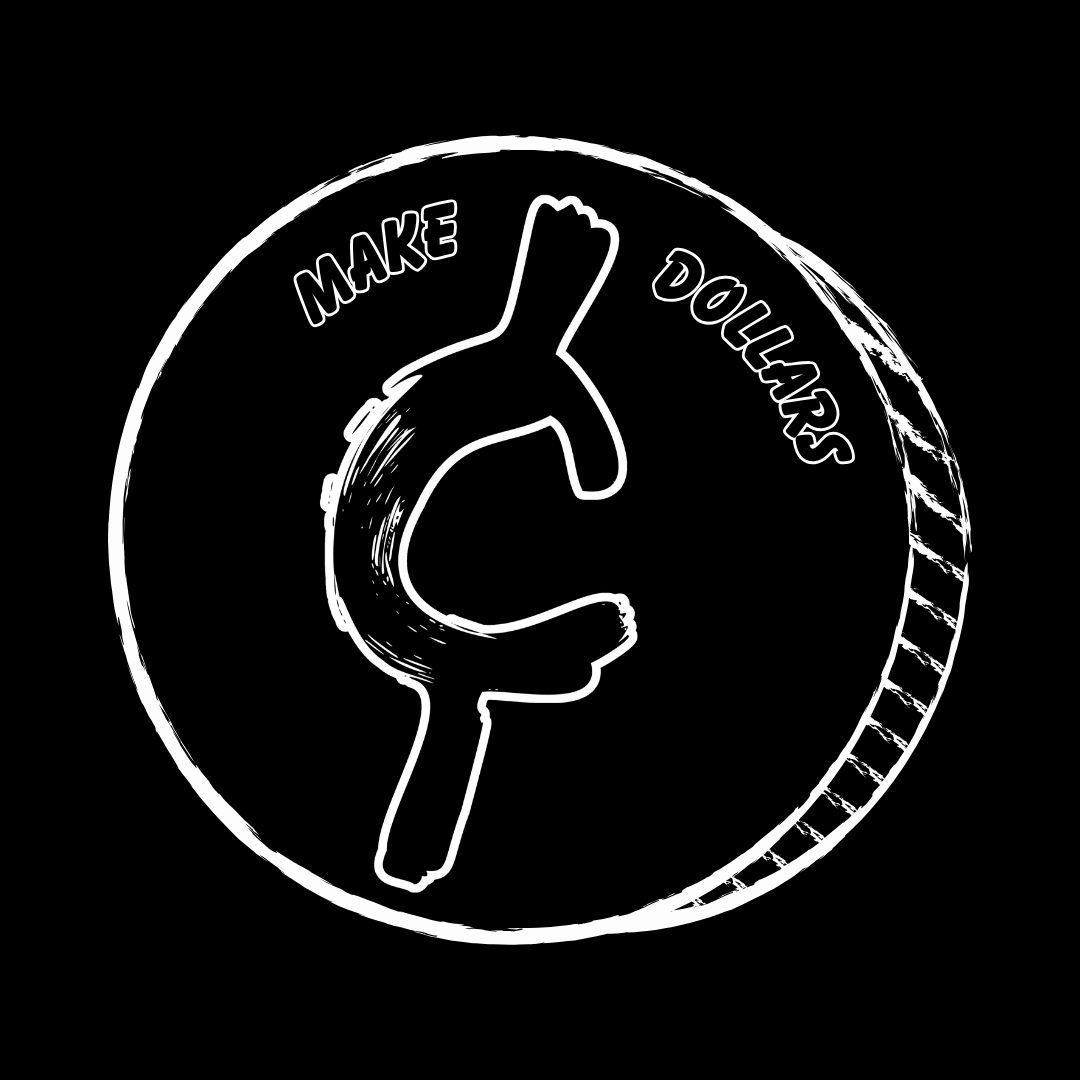Understanding Proof Strikes: Cameo vs. Deep Cameo
Introduction
If you’ve spent any time collecting coins, you’ve probably heard the term proof coin. Proofs are some of the most beautiful coins produced by the U.S. Mint, known for their sharp details and mirror-like surfaces. But what do terms like cameo and deep cameo mean, and why do they matter to collectors? Let’s break it down.
What Is a Proof Coin?
Definition: A proof coin is a specially struck coin made primarily for collectors, not for everyday circulation.
How They’re Made: Proofs are struck multiple times with polished dies on specially prepared planchets (coin blanks). This process gives them:
Highly detailed designs
Mirror-like fields (backgrounds)
Frosted devices (the raised parts of the design)
History: The U.S. Mint has produced proof coins since the early 1800s, with regular proof sets sold to collectors beginning in 1936.
Proof vs. Circulation Coins
Circulation coins are mass-produced for everyday use, often showing small imperfections.
Proof coins are struck for quality and artistry, making them highly collectible.
Proofs often come in sets sold directly by the U.S. Mint.
What Does "Cameo" Mean?
Not all proof coins look the same. Over time, collectors and grading services introduced designations to describe the contrast between the frosted design and the mirrored background.
Cameo (CAM): A proof coin with noticeable contrast between frosted devices (designs) and mirrored fields (backgrounds).
Deep Cameo (DCAM or Ultra Cameo): A stronger level of contrast, where the frosted devices stand out dramatically against deeply mirrored fields.
No Cameo: Some proof coins, especially older ones, show little to no contrast because the dies wore down after striking many coins.
Why the Difference Matters
Visual Appeal: Collectors often pay a premium for coins with stronger cameo contrasts because they’re more eye-catching.
Scarcity: Older proofs with cameo or deep cameo contrast are much rarer, since the Mint didn’t intentionally produce this effect until the mid-20th century.
Grading Impact: Third-party grading services like PCGS and NGC label coins as “Proof,” “Cameo,” or “Deep Cameo/Ultra Cameo,” which directly affects market value.
Examples in U.S. Coinage
Early Proofs (1800s): Often lack cameo contrast, though a few rare examples show frosted designs.
Mid-20th Century Proofs: Cameo and deep cameo coins appear sporadically, making them highly collectible.
Modern Proofs (1970s–Present): The Mint now produces proof coins with strong cameo contrast as the standard.
Collecting Tips
Inspect the contrast: Look at how the frosted designs stand out against the mirrored fields.
Buy graded coins: When paying a premium for cameo or deep cameo, certification protects against misidentification.
Consider rarity: Older proof coins with deep cameo contrast are far scarcer than modern examples.
Storage matters: Handle proof coins carefully and keep them in original packaging or protective holders to avoid damage.
Final Thoughts
Proof coins represent the highest level of minting artistry, and understanding the difference between proof, cameo, and deep cameo can help you make smarter collecting decisions. Whether you’re chasing a rare 19th-century proof half dollar or building a modern proof set collection, the beauty and precision of these coins make them a cornerstone of numismatics.
For more collecting guides and resources, visit CoinCollectingTools.com.
